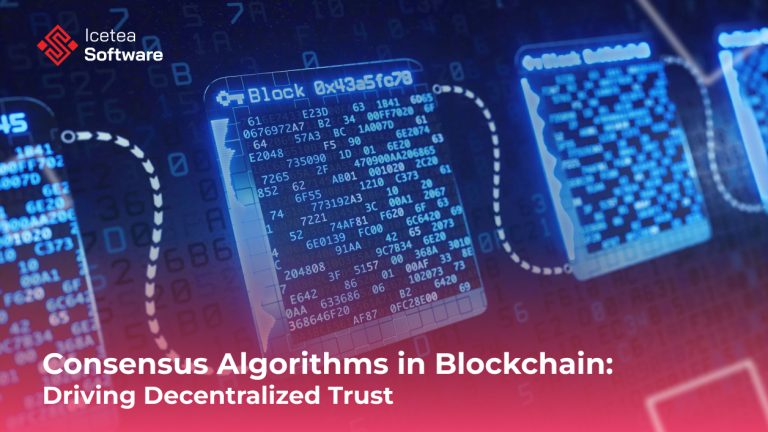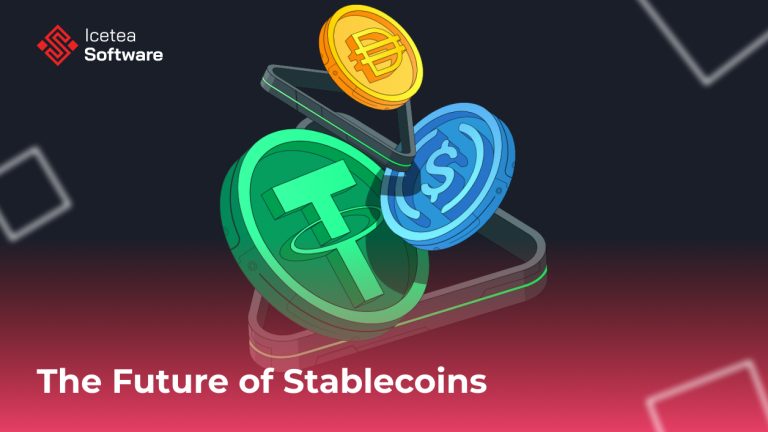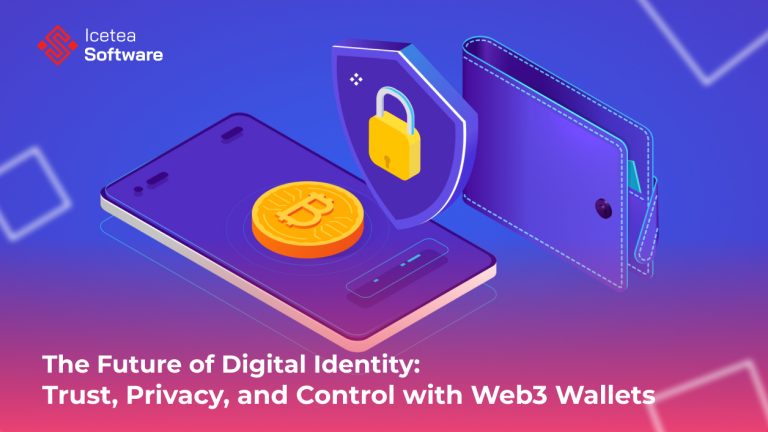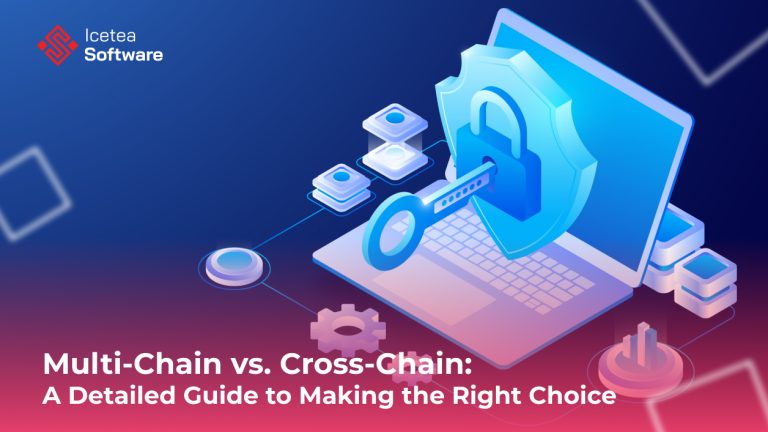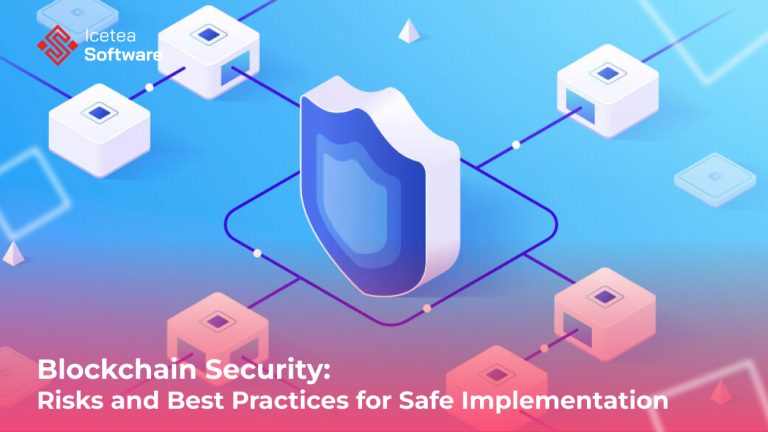The Future of NFTs, Blockchain & Decentralized Technology
Non-Fungible Tokens (NFTs), blockchain technology, and the broader concept of decentralization are revolutionizing the digital landscape. NFTs, unique digital assets built on blockchain networks, have rapidly expanded beyond initial applications in art and collectibles to encompass diverse sectors like gaming, real estate, and digital identity. Decentralized technologies, meanwhile, promise to reshape how we interact with…
Non-Fungible Tokens (NFTs), blockchain technology, and the broader concept of decentralization are revolutionizing the digital landscape. NFTs, unique digital assets built on blockchain networks, have rapidly expanded beyond initial applications in art and collectibles to encompass diverse sectors like gaming, real estate, and digital identity. Decentralized technologies, meanwhile, promise to reshape how we interact with the internet and digital ecosystems by removing intermediaries, enhancing transparency, and empowering users. This article delves into the future of NFTs and decentralized technology, examining their potential applications, the challenges they face, and the transformative impact they are poised to have across various industries.
The Evolution of NFTs: From Digital Art to Functional Assets
Early Days: Digital Collectibles and the Art Boom
The initial surge in NFT popularity was largely driven by digital art and collectibles. High-profile auctions and sales of digital artworks grabbed headlines, introducing the concept of verifiable digital scarcity to a wider audience. Projects like CryptoPunks and Bored Ape Yacht Club demonstrated the potential of NFTs to create unique digital identities and foster online communities. However, the focus was primarily on the collectible aspect rather than broader utility.
Expanding Use Cases: Utility, Tokenization, and Access
The evolution of NFTs has moved beyond mere collectibles to encompass practical utility and real-world applications.
- Utility NFTs: These tokens provide specific functionalities beyond simply owning a digital asset. Examples include:
- Access Tokens: Granting access to exclusive events, online communities, or gated content.
- Digital Keys: Unlocking features within software applications or physical devices.
- Real-World Asset Tokenization: NFTs are being used to represent ownership of tangible assets, fractionalizing them and making them more accessible to a wider range of investors.
- Real Estate: Platforms allow users to purchase fractional ownership of real estate properties through NFTs, democratizing investment in this traditionally illiquid asset class.
- Luxury Goods: Authentication of luxury items and tracking their provenance using NFTs to combat counterfeiting.
Transforming the Gaming Industry
NFTs are poised to revolutionize the gaming industry by introducing true ownership of in-game assets.
- Play-to-Earn Models: Players can earn NFTs by participating in games, which they can then trade on open marketplaces. This creates a new economic model where players are rewarded for their time and skill.
- Cross-Game Interoperability: NFTs could allow players to use their in-game assets across multiple games, creating a more unified and valuable gaming experience.
Empowering Creators in Music and Entertainment
The music and entertainment industries are also embracing NFTs as a means of empowering creators and connecting with fans.
- Direct-to-Fan Sales: Artists can sell unique tracks, albums, or experiences directly to their fans as NFTs, cutting out intermediaries and retaining a larger share of the revenue.
- Royalties and Smart Contracts: Smart contracts can be embedded within NFTs to ensure that creators receive perpetual royalties whenever their work is resold on the secondary market.
The Power of Decentralized Technology: Trust, Transparency, and Control
Decentralization: Eliminating Intermediaries and Building Trust
The core principle of decentralization is the distribution of power and control away from central authorities and towards a network of participants. Blockchain technology, the foundation upon which NFTs are built, embodies this principle.
- Transparency: All transactions recorded on a blockchain are publicly visible and verifiable, fostering transparency and accountability.
- Immutability: Once data is written to a blockchain, it cannot be altered or deleted, ensuring data integrity.
- Security: Cryptographic principles secure blockchain networks against tampering and unauthorized access.
Decentralized Identity: Taking Control of Your Digital Self
NFTs can be used to create decentralized identity systems, giving individuals greater control over their personal data and online presence.
- Verifiable Credentials: Academic degrees, professional licenses, and other credentials can be stored as NFTs, making them easily verifiable and portable.
- Self-Sovereign Identity: Individuals can manage their own digital identities without relying on centralized authorities.
Decentralized Finance (DeFi): Redefining Financial Services
NFTs are increasingly integrated into the world of Decentralized Finance (DeFi), creating new financial opportunities.
- NFT-Backed Loans: Users can collateralize their NFTs to obtain loans, unlocking liquidity without having to sell their valuable digital assets.
- Fractionalization of NFTs: High-value NFTs can be fractionalized into smaller, more affordable units, making them accessible to a wider range of investors.
Challenges and Roadblocks: Navigating the Path Forward
Scalability Limitations
One of the biggest challenges facing blockchain technology is scalability. High transaction fees and slow processing times on some blockchain networks can hinder mass adoption.
- Layer 2 Scaling Solutions: Technologies like optimistic rollups and zero-knowledge proofs are being developed to increase transaction throughput on existing blockchains.
- Alternative Blockchains: New blockchain platforms are emerging that offer improved scalability and energy efficiency.
Regulatory Uncertainty
The legal status of NFTs remains unclear in many jurisdictions, creating uncertainty for creators, investors, and businesses.
- Defining NFT Ownership: Establishing clear legal frameworks for NFT ownership and intellectual property rights.
- Combating Fraud and Scams: Implementing regulations to protect consumers from fraud and scams in the NFT market.
Environmental Concerns: Addressing the Carbon Footprint
The energy-intensive nature of some blockchain networks, particularly those using Proof-of-Work (PoW) consensus mechanisms, has raised environmental concerns.
- Proof-of-Stake (PoS) Alternatives: Transitioning to more energy-efficient consensus mechanisms like Proof-of-Stake.
- Carbon Offset Programs: Investing in carbon offset programs to mitigate the environmental impact of NFT transactions.
Security Risks and Vulnerabilities
The NFT market is vulnerable to scams, phishing attacks, and other security threats.
- Smart Contract Audits: Rigorous auditing of smart contracts to identify and fix vulnerabilities.
- User Education: Educating users about security best practices to protect themselves from scams and fraud.
The Future Landscape: Emerging Applications and Transformations
Revolutionizing Education
NFTs have the potential to transform education by creating verifiable and portable academic credentials.
- Blockchain-Based Diplomas: Students could receive their diplomas and transcripts as NFTs, making them easily verifiable by employers and institutions.
- Personalized Learning Paths: NFTs could represent customized learning paths tailored to individual student needs.
Transforming Healthcare
NFTs can improve data security, privacy, and interoperability in the healthcare industry.
- Tokenized Medical Records: Patients could own and control their medical records stored as NFTs, granting access to healthcare providers as needed.
- Drug Supply Chain Tracking: NFTs can be used to track the provenance of pharmaceuticals and prevent counterfeiting.
Reinventing E-Commerce
NFTs can enhance transparency, security, and customer loyalty in the e-commerce sector.
- Authenticity Verification: Using NFTs to verify the authenticity of products and prevent counterfeiting.
- Loyalty Programs: Rewarding customers with NFTs for purchases and engagement.
Sustainability and Eco-Friendly NFTs
The growing demand for environmentally responsible NFTs is driving the development of sustainable blockchain solutions and carbon offset programs.
- NFTs for Environmental Conservation: Using NFTs to fund environmental conservation projects and reward sustainable practices.
NFTs, the Metaverse, and Web 3.0: A Synergistic Convergence
The metaverse, a persistent, shared virtual world, and Web 3.0, the next generation of the internet based on decentralization, are inextricably linked to NFTs.
- Ownership of Virtual Assets: NFTs enable users to own and control their digital assets in the metaverse, creating a virtual economy.
- Interoperability: NFTs can be used across different metaverse platforms, allowing users to seamlessly transfer their assets between virtual worlds.
Predictions and Projections: Looking Ahead to 2025 and Beyond
- Mainstream Adoption: NFTs will become increasingly integrated into everyday life, with applications in various industries and sectors.
- Increased Utility: Utility-driven NFTs will surpass collectibles in popularity as more real-world use cases emerge.
- Regulatory Clarity: Governments will establish clear legal frameworks for NFTs, fostering innovation and protecting consumers.
Conclusion: Embracing the Decentralized Future
The future of NFTs, blockchain, and decentralized technology is full of potential. While challenges remain, the transformative power of these technologies is undeniable. As we move towards a more decentralized and user-centric digital world, NFTs will play a pivotal role in shaping how we interact with each other and the digital ecosystems around us. The key lies in addressing the existing challenges, fostering innovation, and building a future where these technologies empower individuals and create a more equitable and transparent world.
